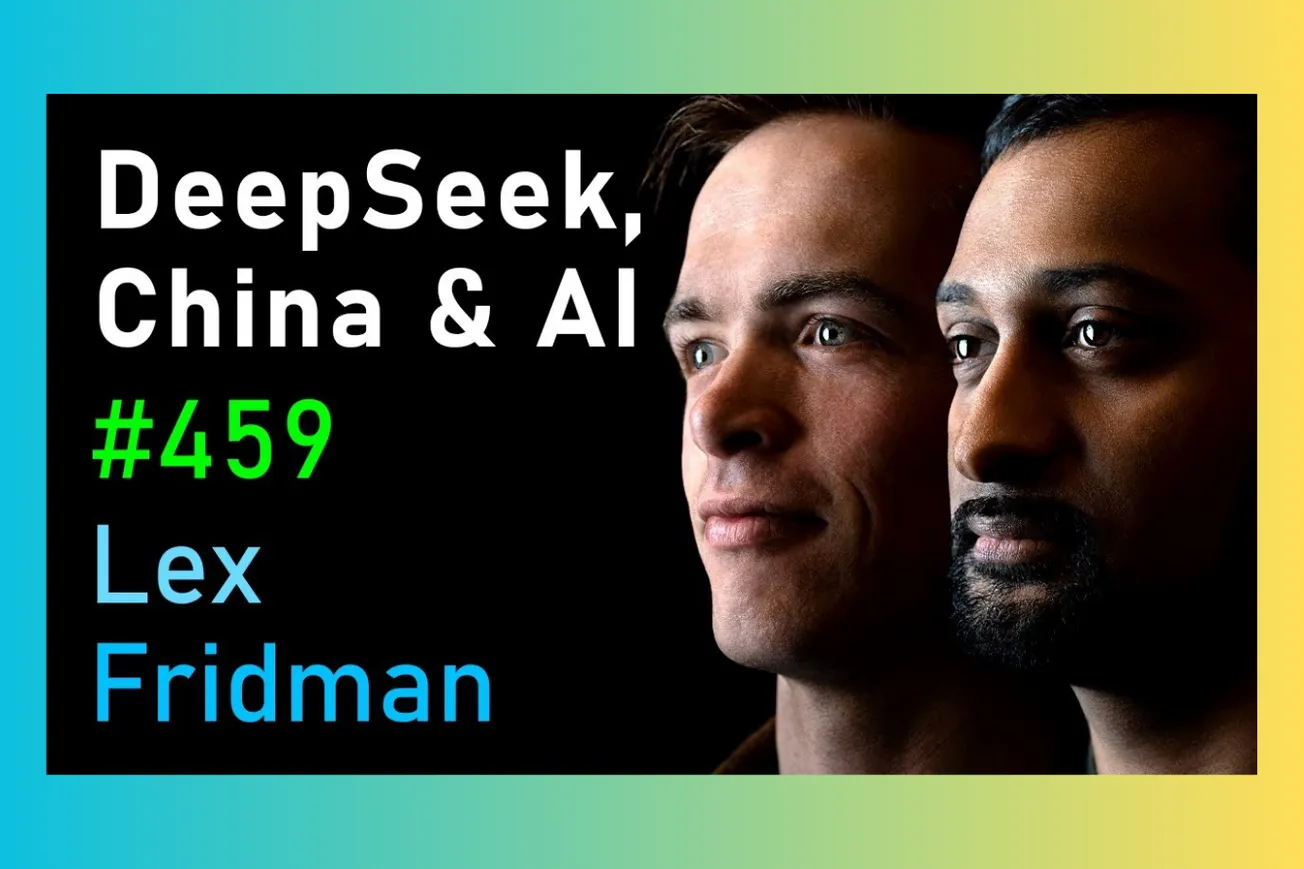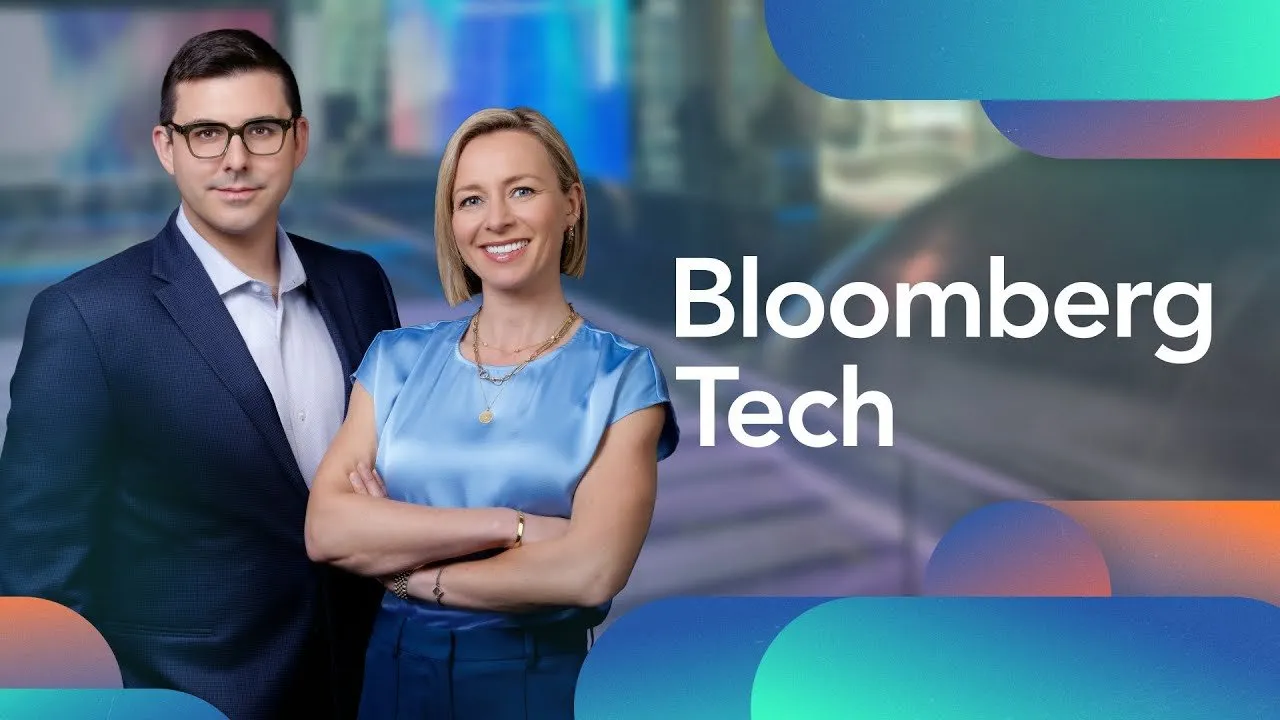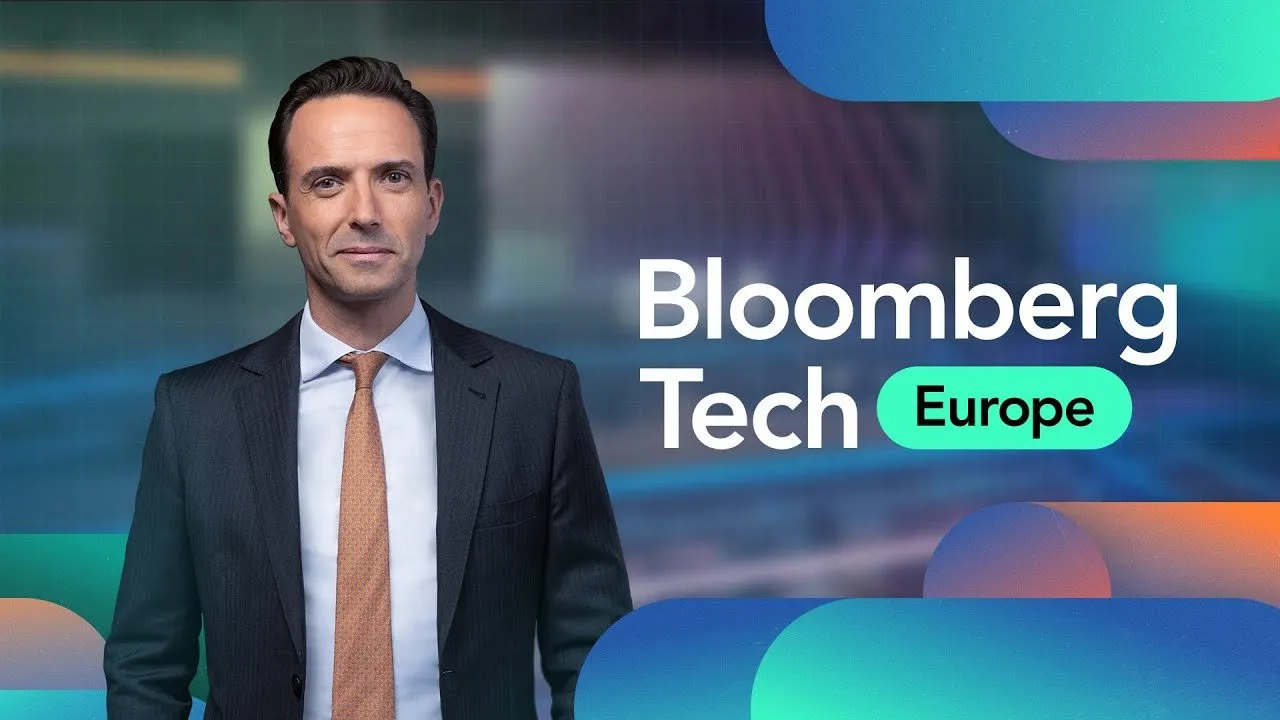Table of Contents
China's DeepSeek models have shattered assumptions about AI development costs and capabilities, forcing a complete reassessment of the global AI race and America's technological dominance.
Key Takeaways
- DeepSeek-R1 delivers GPT-4 level performance at 27 times lower cost than OpenAI's o1, using only 2,000 H800 GPUs for training
- The company's breakthrough stems from architectural innovations like mixture of experts models and multi-head latent attention, plus low-level GPU programming optimizations
- DeepSeek operates under High-Flyer hedge fund with CEO Liang Feng driving an "AGI-first" vision, spending minimal amounts compared to US competitors
- Export controls may be backfiring as they push China toward self-reliance while creating artificial scarcity that drives innovation
- Reasoning models represent a paradigm shift where test-time compute becomes crucial, favoring memory bandwidth over raw computational power
- The open-weights release with MIT license pressures US companies toward greater openness and accelerates global AI development
- Infrastructure demands are exploding with companies building multi-gigawatt data centers consuming more power than entire cities
- The future favors platforms with vast user bases and diverse revenue streams over pure-play AI companies
DeepSeek's Revolutionary Architecture
The DeepSeek breakthrough isn't just about cost—it represents fundamental innovations in AI architecture that challenge conventional wisdom about what's required for frontier performance. DeepSeek-V3 employs a mixture of experts (MoE) model with unprecedented sparsity, activating only 37 billion of its 671 billion total parameters during inference.
This architectural choice delivers dramatic efficiency gains. While traditional models like Llama 405B must activate every single parameter for each token, DeepSeek's approach allows much larger embedding spaces for knowledge while maintaining computational efficiency. The model essentially learns which "experts" to route different types of queries to, similar to how different regions of the human brain specialize in specific functions.
The implementation complexity cannot be overstated. DeepSeek operates 256 total experts but activates only 8 during inference—a 32:1 sparsity ratio far exceeding the 4:1 ratios typical in previous MoE models. This extreme sparsity requires sophisticated load balancing to prevent some experts from sitting idle while others become overloaded.
Beyond mixture of experts, DeepSeek pioneered multi-head latent attention (MLA), which reduces memory usage from the attention mechanism by 80-90% compared to standard transformer attention. This innovation proves crucial for reasoning models that generate extremely long sequences, as memory bandwidth becomes the primary bottleneck rather than computational power.
The Engineering Excellence Behind Efficiency
DeepSeek's cost advantages stem from engineering innovations that go far below the typical software stack. The team implemented custom communication scheduling that bypasses Nvidia's standard NCCL library, directly programming GPU streaming multiprocessors (SMs) to optimize data movement between the hundreds of cores on each chip.
This low-level optimization became necessary due to export control restrictions. The H800 chips legally shipped to China have identical computational power to H100s but with reduced interconnect bandwidth. Rather than accepting this limitation, DeepSeek's engineers developed novel approaches to schedule communications that actually exceed the performance of standard implementations.
The technical debt involved is substantial. While Nvidia's NCCL library works across any model architecture, DeepSeek's optimizations are highly specific to their exact model configuration and cluster setup. This creates a trade-off between peak performance and development flexibility that most companies avoid.
However, necessity proved the mother of invention. DeepSeek's constraint-driven innovation resulted in techniques that improve efficiency even without hardware limitations. Their custom routing mechanisms for mixture of experts models eliminate auxiliary losses that can interfere with pure token prediction accuracy, embodying the "bitter lesson" that minimal inductive bias often produces better results.
The High-Flyer Connection and Chinese AI Strategy
DeepSeek's parent company High-Flyer operated one of China's largest GPU clusters before export controls began. As a quantitative trading firm, High-Flyer accumulated massive computational resources for financial modeling, with CEO Liang Feng transitioning focus toward artificial general intelligence as the technology's potential became clear.
Liang Feng emerges as a fascinating figure—an engineer-CEO with explicit AGI aspirations who has committed to keeping DeepSeek open-source regardless of competitive pressures. His translated interviews reveal someone who views AI development as civilization-scale infrastructure rather than a product to be monetized through closed APIs.
The hedge fund's profitability provides crucial independence from venture capital or government funding cycles that constrain other AI labs. This financial autonomy enables longer-term thinking and research investments that pure-play AI companies struggle to justify to investors demanding near-term returns.
DeepSeek's approach contrasts sharply with Chinese companies that maintain closer government relationships. While firms like Huawei and Moonshot AI align tightly with state priorities, DeepSeek operates more independently, focusing on technical excellence over political alignment. This independence may explain their willingness to release cutting-edge capabilities openly rather than restricting access for national advantage.
Export Controls and Unintended Consequences
The Biden administration's semiconductor export controls aimed to slow Chinese AI development by restricting access to advanced chips. However, DeepSeek's success suggests these policies may be backfiring by forcing innovation that ultimately benefits Chinese capabilities.
Export controls operate on the assumption that leading-edge semiconductors are necessary for frontier AI development. DeepSeek demonstrated that architectural innovations and engineering excellence can overcome hardware limitations, achieving state-of-the-art results with "restricted" H800 chips that were designed to be inferior to H100s.
The restrictions may actually accelerate Chinese self-reliance. Rather than depending on American semiconductor exports, Chinese companies are investing heavily in domestic chip production and architectural innovations that reduce dependence on cutting-edge nodes. This creates long-term strategic risks for American technological leadership.
Moreover, export controls fragment the global AI ecosystem in ways that may disadvantage American companies over time. Chinese firms developing independent capabilities will eventually compete globally with products that don't rely on American semiconductor inputs, potentially undercutting the market power that export controls aim to preserve.
The most concerning scenario involves China achieving self-sufficiency in AI infrastructure while American companies remain dependent on ever-increasing computational resources. If architectural innovations can substitute for hardware advantages, the country that develops the most efficient approaches may ultimately lead regardless of semiconductor access.
The Reasoning Revolution and Test-Time Compute
DeepSeek-R1 represents more than incremental improvement—it demonstrates a fundamental shift toward reasoning models that use computational resources differently than traditional language models. Rather than fixing inference costs, reasoning models allow trading additional computation for better results on difficult problems.
This paradigm change has profound implications for AI economics. While traditional models might cost cents per query, reasoning models can spend dollars or even hundreds of dollars on complex problems. OpenAI's o3 model uses over $20 per query on abstract reasoning tasks, representing a 1000x increase in computational intensity.
The shift favors different hardware characteristics. Pre-training emphasizes floating-point operations (FLOPS), making raw computational power the primary constraint. Reasoning models generate extremely long sequences of thought, making memory bandwidth and capacity the key bottlenecks. This explains why China's H20 chips, which have more memory than H100s despite reduced FLOPS, may actually be superior for reasoning workloads.
Chain of thought reasoning emerges naturally from reinforcement learning on verifiable tasks. Rather than hand-crafting reasoning templates, models discover problem-solving strategies through trial and error on math and coding problems where answers can be automatically verified. The resulting thought processes often surprise researchers with their sophistication and human-like deliberation.
The emergence of reasoning capabilities through reinforcement learning rather than imitation learning represents a crucial breakthrough. Human trainers cannot effectively demonstrate the optimal thought processes for AI systems because human and artificial cognition operate differently. Only through self-play and exploration can models discover reasoning strategies suited to their unique architectures.
Infrastructure Arms Race and Power Consumption
The AI industry is entering an infrastructure arms race of unprecedented scale. Companies are building data centers that consume more power than entire cities, with individual clusters reaching multi-gigawatt scales that dwarf traditional computing infrastructure.
Elon Musk's Memphis facility houses 200,000 GPUs consuming approximately 300 megawatts, making it the world's largest AI training cluster. However, planned expansions will dwarf even this scale. OpenAI's Stargate facility aims for 2.2 gigawatts of total power consumption, with 1.8 gigawatts delivered directly to computational hardware.
These power requirements are reshaping energy infrastructure. Companies are building dedicated natural gas plants and exploring direct connections to nuclear facilities to ensure reliable power delivery. Traditional grid infrastructure cannot support the rapid scaling required by AI companies, forcing them to become energy producers rather than just consumers.
The environmental implications are significant but complex. While AI training consumes enormous amounts of electricity, companies argue that artificial general intelligence could accelerate solutions to climate change that more than compensate for training costs. This creates a temporal arbitrage where short-term environmental costs are justified by potential long-term benefits.
Water cooling is becoming mandatory for next-generation chips that consume over 1,200 watts each. This requires sophisticated thermal management systems that can handle the heat output of tens of thousands of high-power processors operating continuously in close proximity.
The Platform Advantage and AI Company Survival
Pure-play AI companies face structural challenges that platform companies with existing user bases can avoid. OpenAI and Anthropic must justify their existence solely through model superiority, while Google, Meta, and Tesla can integrate AI capabilities into established products and revenue streams.
The cost curve for AI capabilities continues falling rapidly. GPT-3 level performance has become 1,200 times cheaper over just three years, suggesting that today's expensive frontier capabilities will soon become commodity services. This deflationary pressure makes it difficult for API-focused companies to maintain pricing power.
Platform companies can subsidize AI development through other revenue sources while using AI to enhance existing products. Meta can afford to lose money on Llama models because AI improves their recommendation systems and advertising targeting. Google can integrate AI into search without requiring direct monetization of the underlying models.
The advertising model presents the most promising path for AI monetization. Just as Google revolutionized web advertising with AdSense, the company that figures out effective advertising integration for AI responses could capture enormous value. However, this requires solving complex technical and user experience challenges around ad placement in conversational interfaces.
OpenAI and Anthropic must continuously win the capabilities race to justify their premium pricing. As model performance converges, their ability to maintain market leadership becomes increasingly difficult. The companies most likely to survive long-term are those that either achieve breakthrough capabilities or successfully integrate into platform ecosystems.
The Future of Programming and Human-AI Collaboration
Software engineering represents AI's most immediate and impactful application domain. Programming provides verifiable outcomes through compilation and testing, enabling effective reinforcement learning that continuously improves coding capabilities.
The transformation won't follow a cliff-edge pattern where programmers suddenly become obsolete. Instead, the nature of programming work will evolve toward higher-level system design and human-AI collaboration. Programmers increasingly serve as supervisors and reviewers rather than line-by-line code authors.
This shift enables automation in previously inaccessible domains. Industrial engineers, chemical engineers, and semiconductor designers currently use outdated software tools because custom development costs exceed benefits for specialized fields. AI-assisted programming could democratize software development, allowing domain experts to create sophisticated tools without traditional programming expertise.
The economic implications extend beyond software companies. When programming costs approach zero, businesses can afford custom solutions rather than adapting to platform software limitations. This could reverse the trend toward platform Software-as-a-Service (SaaS) adoption, enabling more specialized and efficient business processes.
However, the transition requires careful management of human expertise. The most valuable programmers will combine deep technical knowledge with domain expertise and AI collaboration skills. Pure coding ability becomes less valuable, while system design, debugging, and human-computer interaction skills become more important.
Open Source Momentum and Licensing Evolution
DeepSeek's MIT license represents a watershed moment for open AI development. For the first time, a frontier-level model offers complete commercial freedom without restrictions on use cases, synthetic data generation, or derivative works. This contrasts sharply with Meta's Llama license, which includes branding requirements and use case restrictions.
The open-weights approach creates strategic advantages for countries and companies building AI ecosystems. Developers can modify, improve, and commercialize DeepSeek models without licensing constraints, accelerating innovation and reducing dependence on closed API providers.
However, true open source AI requires more than model weights. Complete openness demands training data, training code, and evaluation frameworks that enable full replication and improvement. Most "open" models fail this standard, creating dependencies on the original developers for updates and improvements.
The competitive dynamics favor openness in the current environment. Closed models must maintain significant capability advantages to justify their premium pricing as open alternatives improve. DeepSeek's performance at dramatically lower costs demonstrates that open development can match or exceed closed alternatives.
Geopolitically, open AI development reduces American leverage over global AI adoption. Countries can build their own AI capabilities using open models rather than depending on American API access. This diffusion of capability makes export controls less effective and creates more multipolar AI development.
Geopolitical Implications and Strategic Competition
The DeepSeek moment crystallizes the transformation of AI from a commercial technology to a geopolitical strategic asset. China's demonstration of independent frontier capabilities undermines assumptions about American technological dominance and export control effectiveness.
The current trajectory suggests potential bifurcation into separate technological ecosystems. American companies focus on closed, API-based models with premium pricing, while Chinese companies pursue open, efficient architectures with aggressive cost optimization. These approaches may serve different market segments and geopolitical blocs.
Export controls face fundamental limitations when architectural innovations can substitute for hardware advantages. China's semiconductor production continues improving while their AI researchers develop techniques that extract maximum value from available hardware. Long-term trends favor the country that develops the most efficient approaches rather than the one with the most advanced chips.
The military implications of AI capability distribution remain unclear but concerning. Autonomous systems, cyber warfare, and information operations all benefit from advanced AI capabilities. A world where multiple nations possess AGI-level systems presents novel strategic challenges that existing frameworks struggle to address.
The economic stakes continue escalating as AI capabilities improve. Countries that lead in AI development will capture disproportionate economic benefits while those that lag risk technological dependence and reduced sovereignty. This creates powerful incentives for continued competition regardless of cooperation attempts.
The path forward requires balancing legitimate security concerns with the benefits of technological cooperation. Complete technological decoupling would harm both American and Chinese interests while potentially slowing global AI development that could benefit humanity broadly.
In 2025, we stand at an inflection point where AI development accelerates beyond previous expectations while geopolitical tensions complicate global cooperation. The DeepSeek moment demonstrates that innovation cannot be contained through export controls alone—it must be matched through superior execution and strategic vision.
The countries and companies that successfully navigate this transition will shape the next phase of human technological development. Those that fail to adapt risk being left behind in the most important technological race of our generation.





